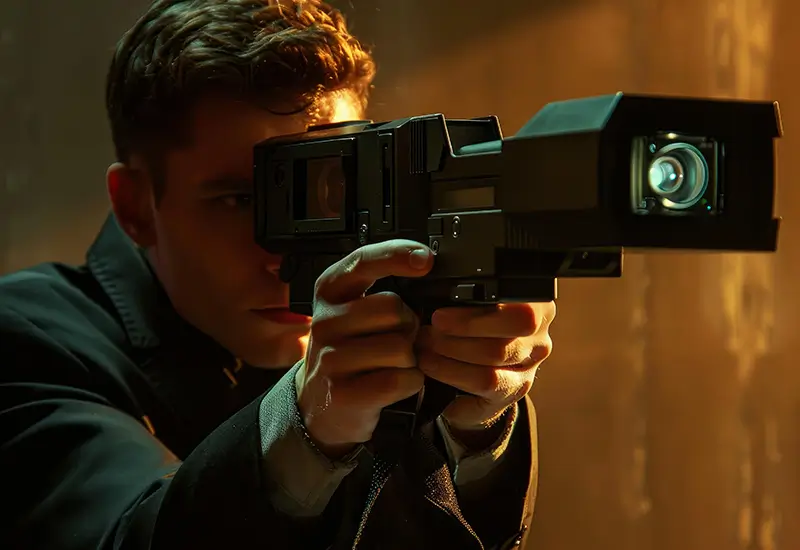
Have you ever watched a film and been mesmerized by the stunning camera work? Do you find yourself wondering how those perfect shots are achieved? Or perhaps you are an aspiring filmmaker frustrated by your inability to capture that perfect scene. If so, this blog is for you!
From the dramatic zoom-in to the suspenseful low angle and breathtaking aerial shot, camera techniques can do wonders and keep viewers glued to the screen. In this blog, let’s explore the different types of camera shots, angles, and movements that can make even a simple movie a box-office hit.

What is a Camera Shot?
A camera shot is a series of frames that are captured continuously without any interruptions. From the moment the slate is hit until the director says cut, the camera will be rolling and shooting the scene. Camera shots determine how much of the scene is visible within the frame and from what perspective it is viewed.
Types of Camera Shots
Camera shots are generally categorized based on the distance between the object and the camera. The primary types of camera shots include:
-
Full Shot

In a full shot, the entire body of the subject, from head to toe, will be shown in the frame. This shot offers a detailed view of the subject and the surroundings. Even though this shot includes some background details, it mainly focuses on the person.
The full shot is primarily used in action sequences where the full body movements of the characters are shown. This type of shot is generally used in order to emphasize the presence of a subject in a scene or to visualize the relationship between the character and their environment.
-
Long Shot / Wide Shot

A long shot is also known as a wide shot, and it shows the subject and the surrounding environment. However, the subject in the long shot frame is relatively smaller compared to a full shot. In other words, in the long shot, there will be a significant amount of space on all sides of the subject that shows plenty of background.
This shot type is perfect for setting a scene and introducing the location. For instance, a wide shot is often used as the opening shot of a sequence to help the audience familiarize themselves with the location.
-
Extreme Wide Shot

As the name implies, an extreme wide shot shoots a wide area of the surroundings, with the subject appearing very small. This type of shot emphasizes the background more than the subject. Examples of such shots include showing vast mountains, a battleground, a tsunami, and more.
-
Medium Long Shot / Medium Wide Shot

A medium long shot or medium wide shot shows the subject from above the knees. This type of shot is quite versatile and strikes a perfect balance between the subject and the surroundings. Medium wide shots are primarily used to show the interactions of the characters.
-
Point-of-View Shot
A point-of-view (POV) shot puts the viewers in the perspective of a character and shows what the subject is seeing. In a sense, the camera becomes the character’s eyes, and viewers can experience the scene as if they were in the character’s shoes. To build tension or suspense, POV shots are mainly used.
-
Medium Shot

In a medium shot, the characters are shown from the waist up, with some background. You can see the body language and the facial expressions of the characters. Have you seen news reporters narrating the news? That is a medium shot, as you can only see the reporter above waist level with a bit of background.
-
Close-Up Shot

A close-up generally emphasizes the face or a specific detail of the character. This type of shot is the best in order to show strong emotions, reveal the thoughts of the subject, or highlight important objects. Close-up shots help viewers focus on the subject.
-
Medium Close-Up Shot

In a medium close-up shot, only the face and the upper chest of the character are shown. However, the subject is still shown relatively distant. These shots offer more detail than a medium shot but more context than a close-up shot.
-
Extreme Close-Up Shot

Did you see how the eyes of a character change in the horror movie, the wicked laugh of the ghost, or how sweat rolls down the face of a runner? Those are extreme close-up shots. An extreme close-up only shows a small part of the subject, like the ears, eyes, mouth, etc.
-
Cowboy Shot

A cowboy shot can be treated as a variation of the medium shot because the characters are shown from the head until the thighs. This type of shot is commonly used in Western films to show how a person is holding or drawing the gun, so it is called an American shot.
-
Establishing Shot

A wide or extremely wide shot that introduces the scene and location is known as an establishing shot. It is generally a wide shot that offers context or shows the location where the upcoming events will take place. For example, a shot of an office building will be shown, and after that, the character enters the building.
-
Two-Shot

In a two-shot, two characters will be shown. Two-shot is usually used in various shot sizes, from medium to close-up. This type of shot focuses on the interactions between the two people.
-
Over-the-Shoulder Shot

In an over-the-shoulder shot, the camera is placed behind the shoulder of a person to show another character in a medium or close-up shot. You can see the back of the second character’s head or shoulder.
-
Up-Shot

An up-shot or low-angle shot is filmed from a downward angle, looking up at the character. This type of shot makes the subject appear larger, more powerful, and intimidating.
-
Down-Shot

In a down-shot or high-angle shot, the subject is filmed from a higher angle. The camera is placed at the very top, while the subject appears smaller, vulnerable, and trapped.
What is a Camera Angle
The camera angle determines where the camera is positioned to film the subject. It significantly affects how the audience sees the character and the overall mood of the scene. Multiple camera angles are used to film the same scene in order to portray the message or emotions in a much better way.
Types of Camera Angles
Here are the wide range of camera angles that are used by directors to film movies and other types of video content.
-
Eye Level Shot

Here comes the most common camera angle, which is an eye-level shot. As the name suggests, the camera is placed at the same level as the character’s eyes. It mimics our natural perspective because we speak and interact with others at eye level on a daily basis. This camera angle offers a neutral view.
-
High Angle Shot

In a high-angle shot, the position of the camera is above the subject. For example, if you are climbing a mountain and there is a person filming you from above, it is a high-angle shot.
-
Low Angle Shot

For low-angle shots, the camera is placed below the subject. The subjects will be filmed in an upward angle, which makes the characters and other objects look much bigger and broader.
-
Birds-Eye View Shot

An overhead shot or bird’s-eye view shot is a typical above-angle shot where the camera is placed directly above the character. One best example of a bird’s-eye view shot is showing the person who is sleeping on the bed from above
-
Aerial Shot
An aerial shot is slightly similar to a bird’s-eye view shot, but it is captured from a higher altitude. It is also called a helicopter shot because it is mostly filmed using a helicopter or drone. This angle shows a broad area and is often used for establishing shots.
-
Dutch Angle Shot

In a Dutch angle shot, the camera is tilted to one side, which creates a slanted horizon. The subject is filmed at a tilted angle, which creates some kind of tension, confusion, and imbalance.
-
Ground-Level Shot

The camera is placed very close to the ground or on the ground. It either focuses on the feet of the character or shows the entire subject from a downward angle. Examples of ground-level shots include showing the characters touching the sand with their hands or showing the full-body frame of the character from the ground.
-
Hip-Level Shot

For a hip-level shot, the camera is positioned at hip height, slightly at waist high. For example, hip-level shots are used in American movies to show a cowboy's hand hovering over his gun, ready for a fight.
-
Knee-Level Shot

Coming to the knee-level shot, the camera is positioned at knee height, lower than a hip-level shot. In this shot, the main focus is on the knees of the subject and the surroundings. This type of shot is used to highlight the knee movements of the characters during fight scenes.
-
Shoulder-Level Shot
If you have read until here, you might have a guess about what a shoulder-level shot is, isn’t it? For a shoulder-level shot, the camera is simply placed at the shoulder level. It focuses on the subject’s face, shoulder, and upper body.
What is a Camera Movement
Camera movement refers to the way the camera is moved to shoot the scene. In simple words, it is how the camera moves while filming the scene.
Types of Camera Movements
We have covered basic and complex camera movements below.
-
Pan Shot
A pan shot involves rotating the camera horizontally from a fixed position. The camera moves on a horizontal axis either to the left or right side. This is like turning your head to scan a room.
-
Tilt Shot
In tilt shots, the camera movement is vertically up or down on a fixed axis. This type of camera movement is used to reveal elements above or below the frame or to follow a vertically moving subject. The best example is showing a tall mountain from bottom to top. The tilt shot is similar to the pan shot, but the difference is it moves vertically.
-
Zoom Shot
In a zoom shot, the camera lens will be adjusted to expand or reduce the size of the subject without changing the camera’s position. You need to keep in mind that the camera does not zoom, it is the lens that either zooms in or zooms out.
-
Tracking Shot
A tracking shot is a common camera movement where the camera moves parallel and follows the subject. It often requires a dolly, gimbal, or track. The best example of a tracking shot is following the walk of a character.
-
Fixed Shot
A fixed or static shot is where the camera is completely stationary. The camera is placed on a tripod, and there will be no movement. Fixed shots are used to film dialogue exchanges between the characters and emphasize their interactions without any angle interruptions.
-
Dolly Shot

The dolly shot involves using a dolly to place the camera. Dolly is a wheeled platform that can carry heavy cameras. The director or the camera operator sits on the seat and moves the camera closer to or farther away from the subject.
-
Dolly Zoom Shot
Also called the Vertigo effect, dolly zoom is where the camera is moved closer or farther from the subject while simultaneously zooming in or out. These camera movements create a disorienting effect where the background seems to change size.
-
Pedestal Shot
In a pedestal or boom shot, the camera moves vertically up or down. The horizontal position of the camera will not be changed. It moves up or down while making sure to focus on the character or the object. With a pedestal shot, you can adjust the height of the camera and match it with the character.
-
360-degree Motion
As the name suggests, 360-degree motion is the movement where the camera rotates around the subject in a full circle. It offers a complete view of the surroundings and can sometimes create a dizzying or disorienting effect.
-
Crab Shot
In the crab shot, the camera moves sideways without changing its angle. It is similar to a tracking shot and dolly shot, but the camera moves vertically without following a subject.
-
Arc Shot
The camera moves in an arc path around the character or any other object. The camera is placed at a distance, and it moves in a circular path.
-
Whip Tilt Shot

A whip pan is a quick movement of the camera horizontally. It is so fast that it creates a blur effect, often obscuring the image entirely. This can be considered a transition movement to move from one to another shot.
-
Whip Pan Shot

Whip tilt is similar to a whip pan, but the difference is that the camera movement is vertical instead of horizontal. It is a rapid up-and-down movement of the camera that creates a blur effect.
Wrapping Up
By understanding different types of camera shots and with the help of powerful camera angles and dynamic camera movements, you can easily shoot a professional film video. Each angle, movement, and shot has its own charm and adds a distinctive touch to the video. Remember that the key to perfection is practice, so experiment with different camera techniques and find what suits best for your video.
However, capturing the perfect scene is only half the battle. Editing plays a vital role, and it is the final piece to complete the perfect puzzle. If you need help with video editing services, make sure to reach out to us. At MAPSystems, we have skilled video editors who can enhance the quality of the video and bring your footage to life.

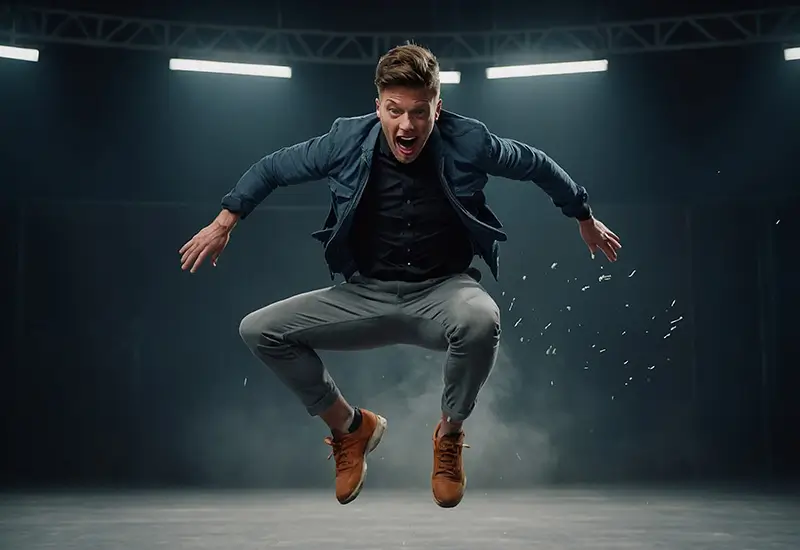
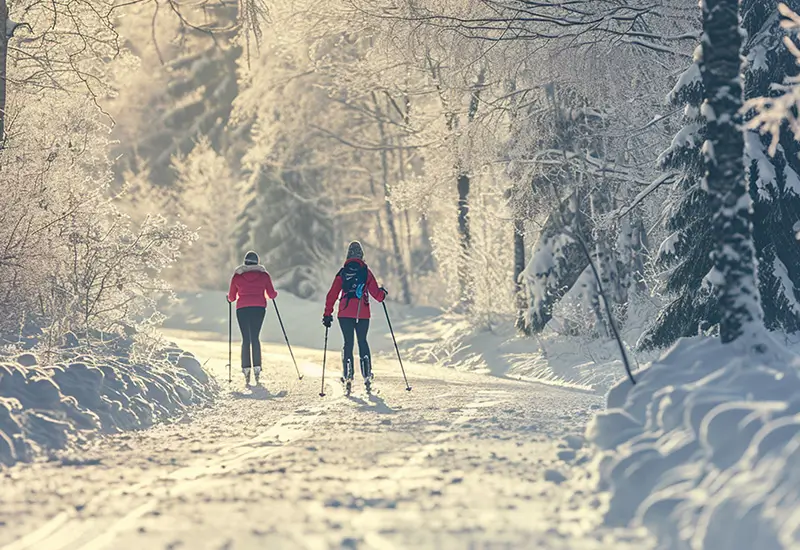
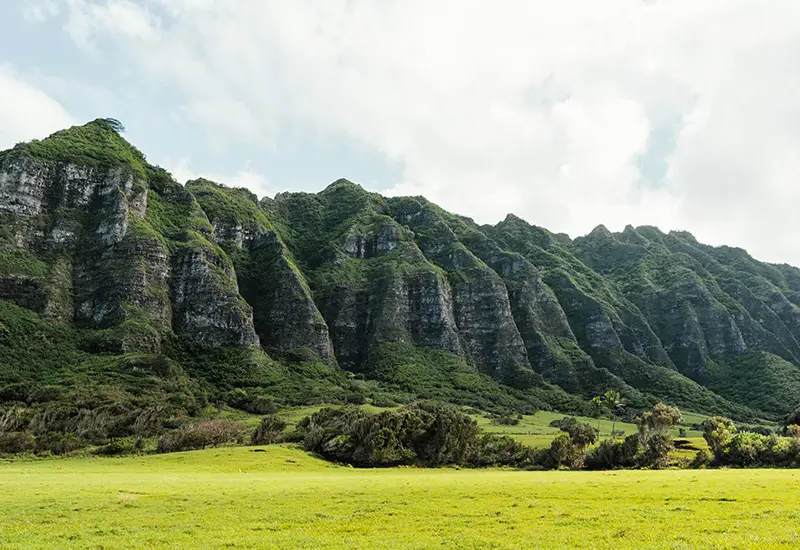

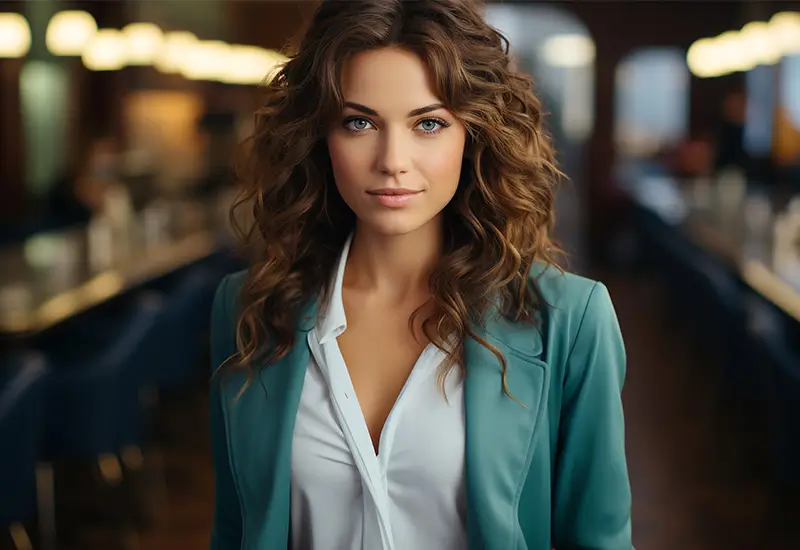

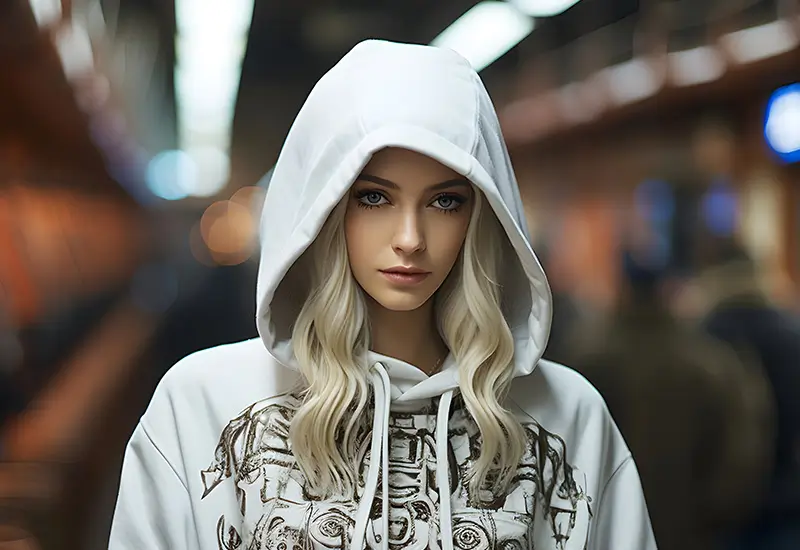
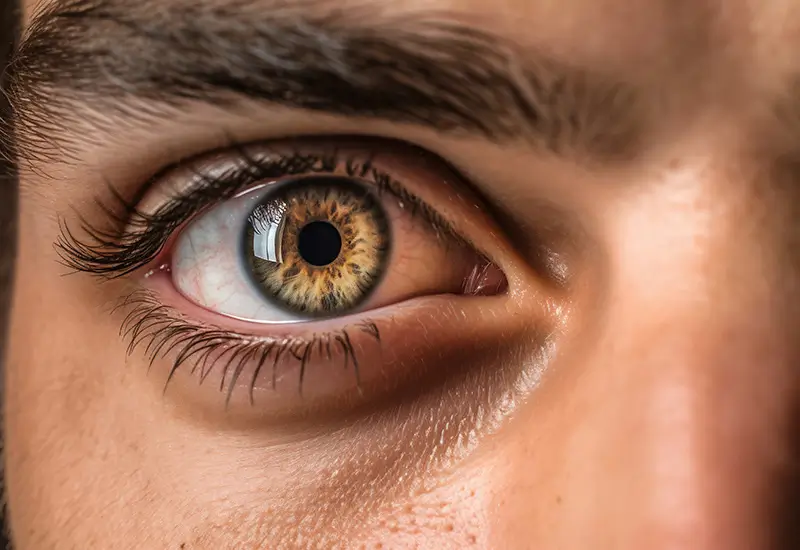
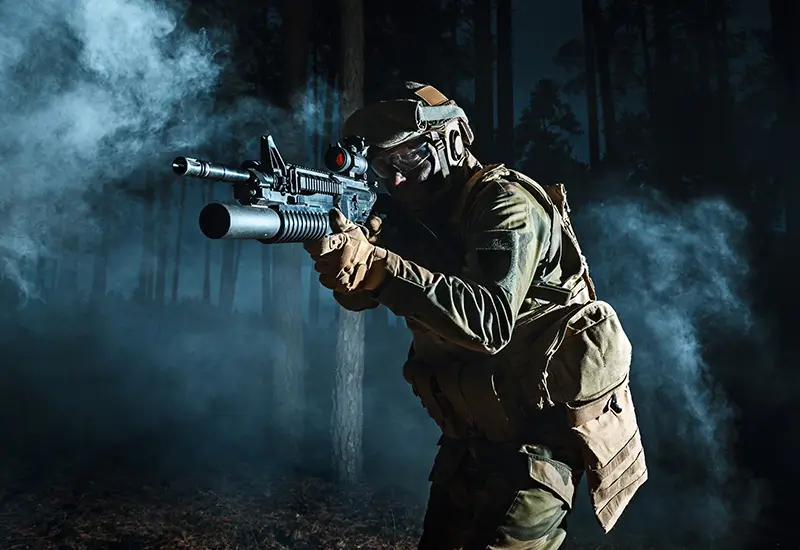
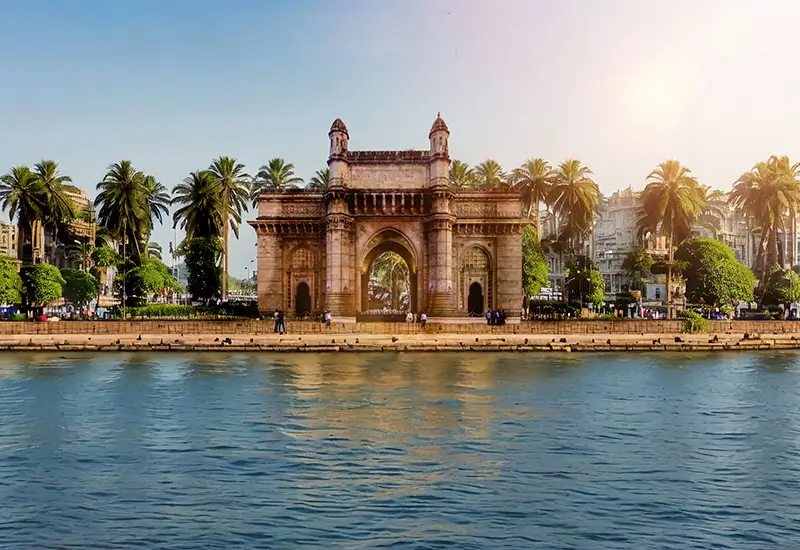
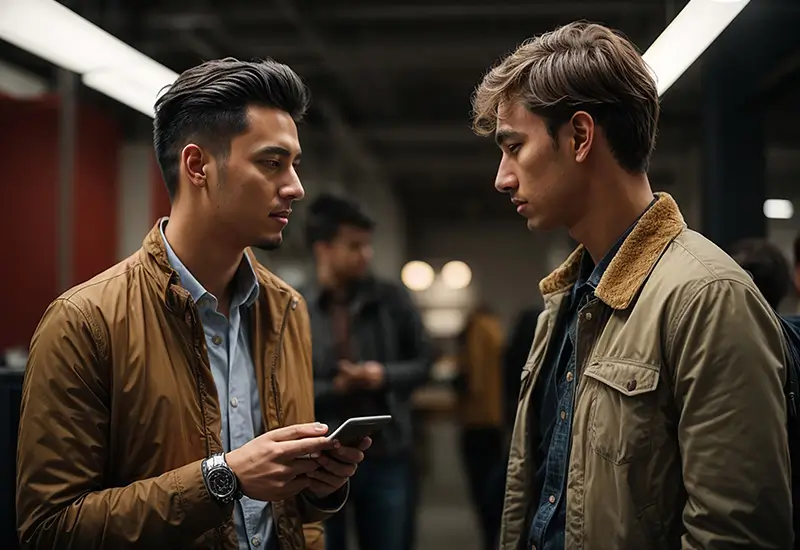
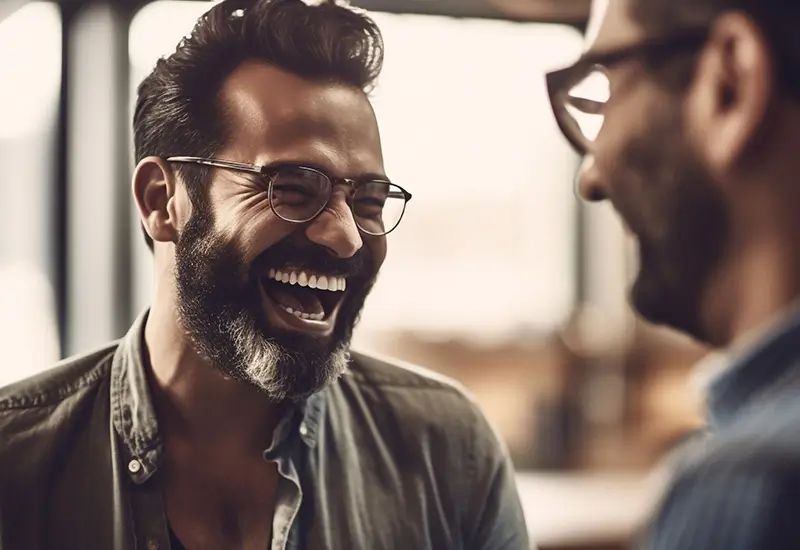



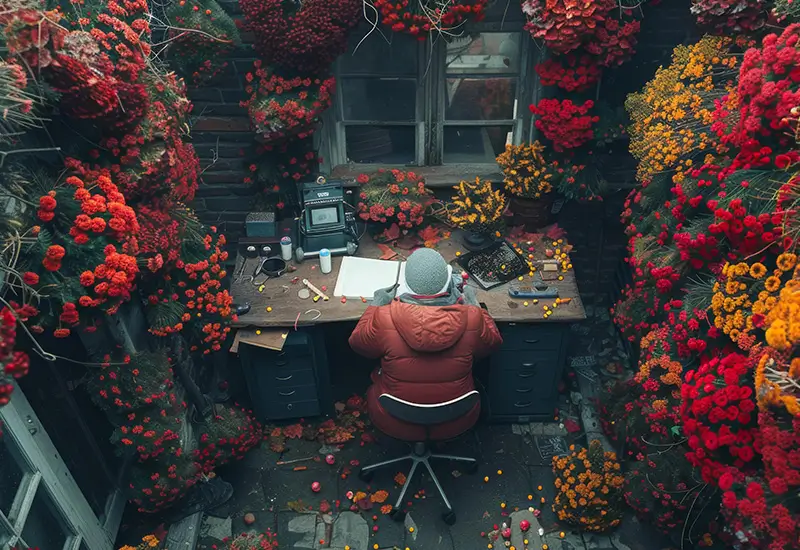
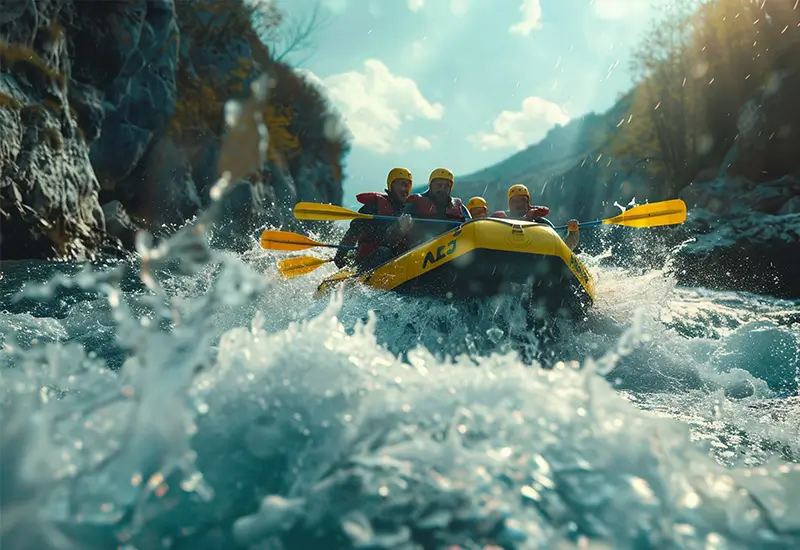
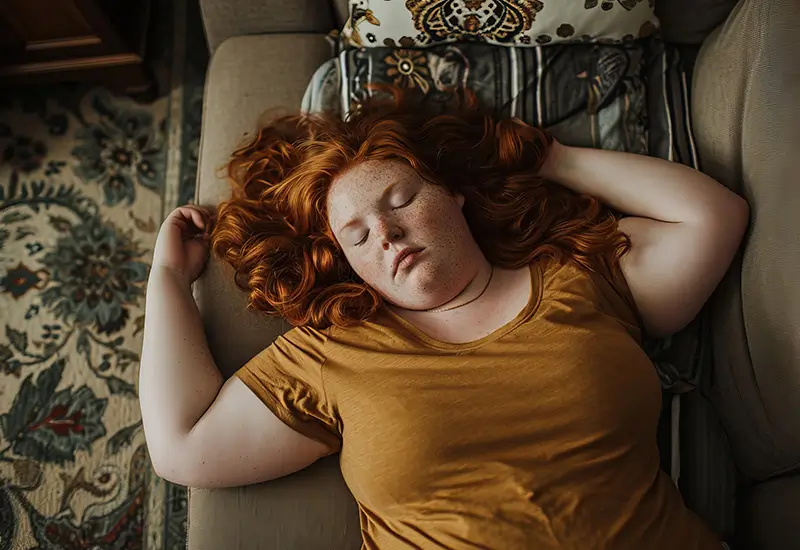
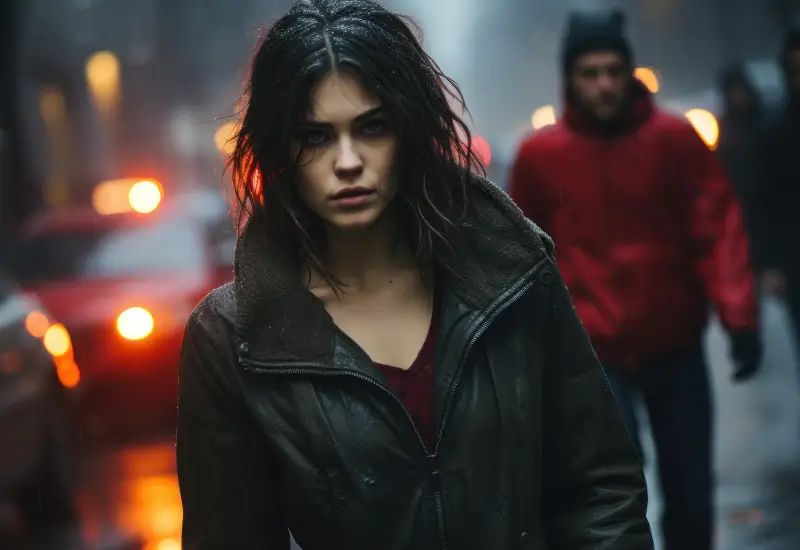
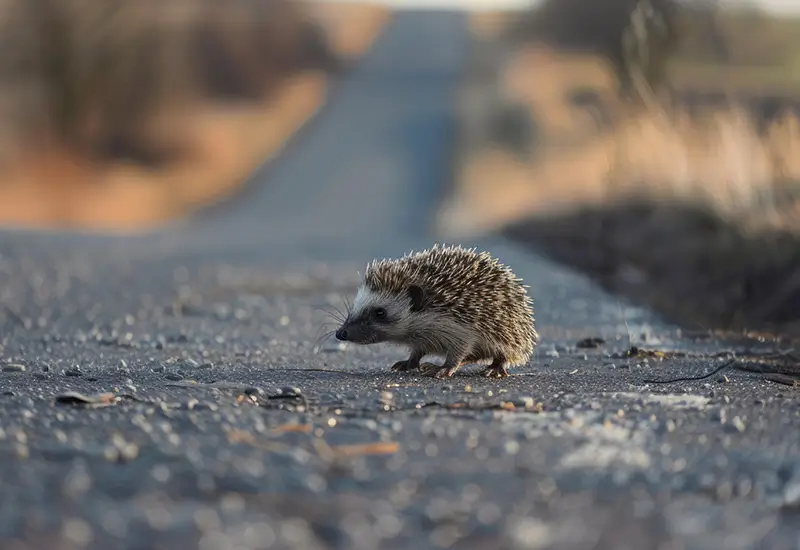
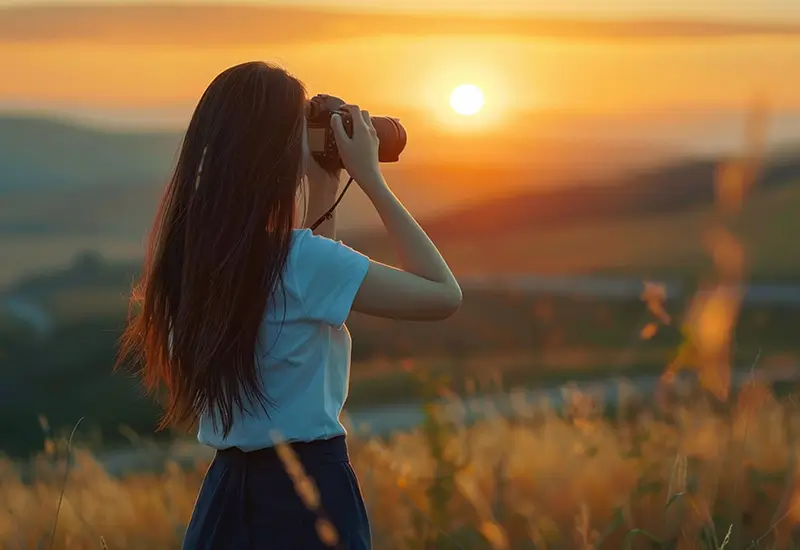
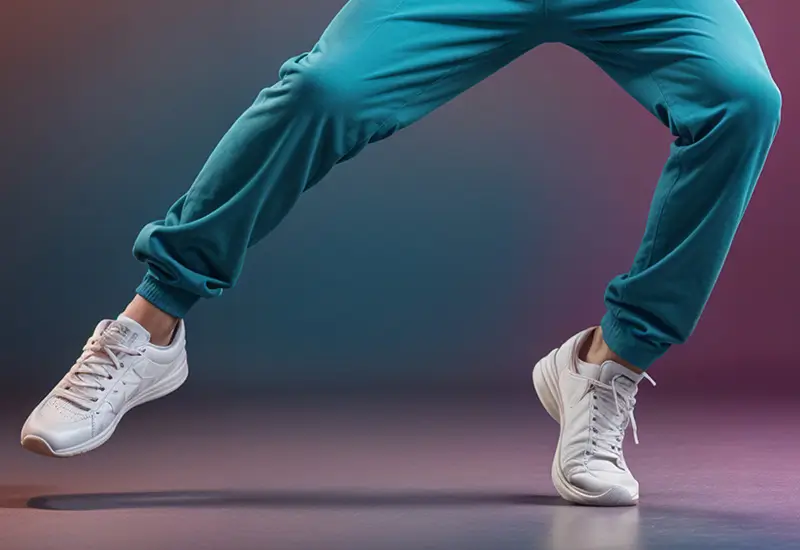

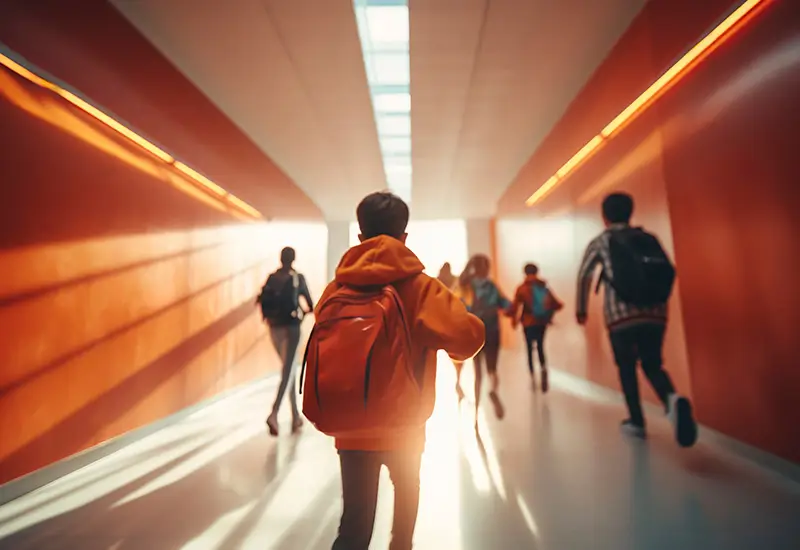
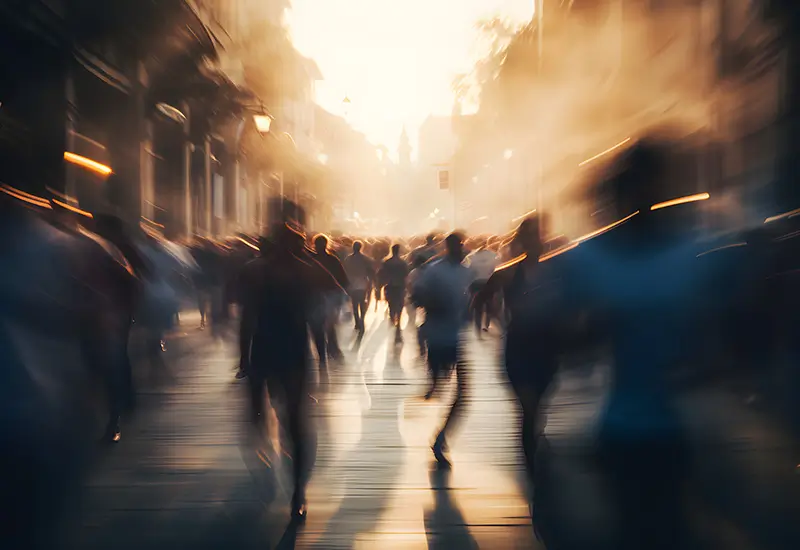
Social Media Video Editing